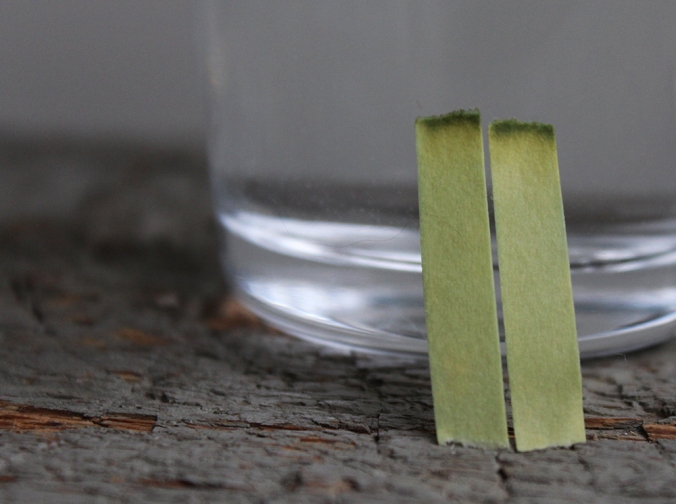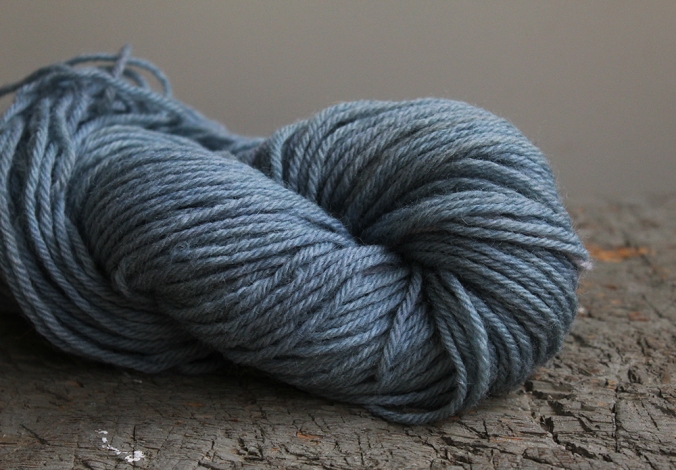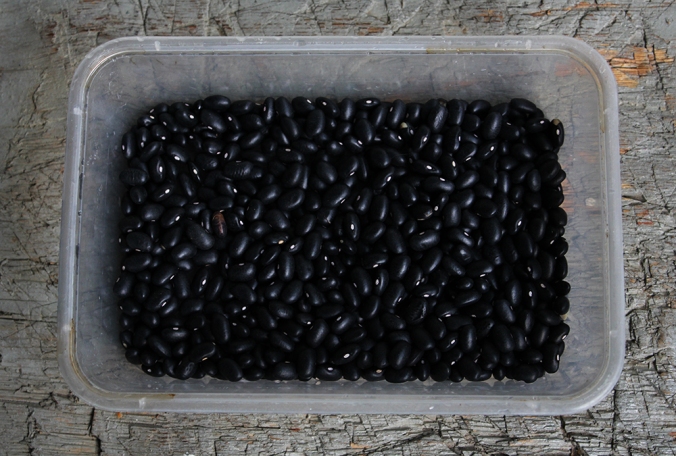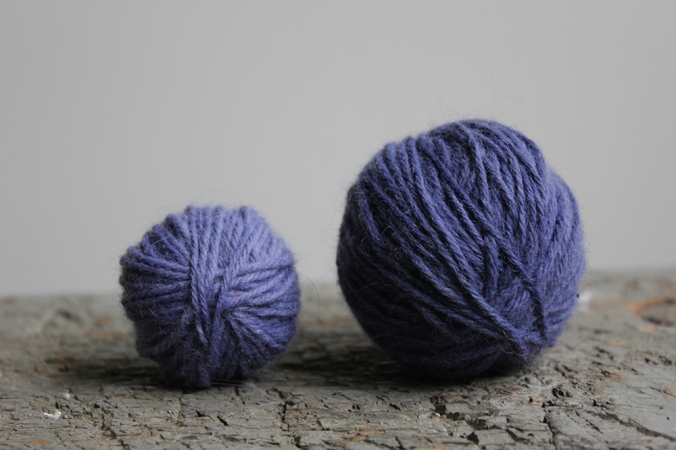
I have been a bit late in the game for natural dyeing this year. Here in Finland beginning of June is definitely the best time for natural dyeing, thats when you get the best colours. I did some natural dyeing with lupines years ago and I got beautiful almost lime green colour. This year was my first time dyeing with lupine flowers and my goal was to get blue. This blog is called The Easy Blues, but ironically the blues are definitely not easy in the natural dyeing world. With lupine the blue colour is in the flowers, but the colour is very sensitive to heath so you need to keep that in mind when dyeing with them.
Lupine is not a native plant to Europe and in Finland in resent years we have been trying to get rid of it. But you can still see roadsides full of it. Lupine is great at spreading around and it’s not good for native plants who are having a hard time growing with them. So harvesting them and stopping them from spreading the seeds is good for the environment. Still Lupine is an excellent dyeing plant. The stalk and the leaves have yellow colours. If you dye with the whole plant normally you get green colours. Trying to get the blues that’s a different story. As you can see I got beautiful turquoise colour, but I was not lucky with the complite blue this year. I think its because I was doing the dyeing at our summer cottage and forgot my digital thermometer at the city, so I was just guessing the temperatures and I think I went too hot.
For the yellow yarn I used only the stems and leaves. I had pre mordanted the yarn with alum. I have written a blog post where I go through the whole dyeing process and you can read all about it here. For the green (which I don’t think is captured the right way in this photo) I used the flowers and a little bit of stem. It’s like basic colour theory more flowers (blue) means more green and more stems is yellow.

Now for the blue (which again is more turquoise in real life). I read this blog post from Tetri Design (all in Finnish). In the blog post Anna-Karoliina Tetri gives good instructions for getting really bright blues. She also highlights the fact that you can’t “boil” the colour out of the flowers because the heath will destroy the pigment. Basically you put the flowers and water in a pot and ad the premordanted yarn TOGETHER with the flowers. She has tried two different ways. Lifting the temperature to 80 degrees celsius and keeping it for 45 minutes or lifting the temperature for 45 degrees celsius and keeping the temperature for 2 hours. After that she lets the yarns stay with the flowers in the dye bath for at least 15 hours. She said that both methods resulted in similar results, the lower temperature gave slightly lighter and more blue results. The higher temperature was darker but slightly more green, which makes sense if the heath destroys the blue pigment. I think it a good idea to use a grey coloured yarns for darker blues. I have experimented with that before as well.
I tried the 45 degrees instructions, but as I said I forgot my thermometer, so I have no idea what the actual temperature was. And that’s why I think my blue has green in it although its a beautiful colour! I’m not complaining at all. With natural dyes you never know what you will get.
You do need fresh flowers because the colour will disappear also from dried flowers or withered flowers. This could also be why I got turquoise, because between picking the flowers and starting the dyeing process the family needed to cook lunch and eat it too. So I guess the flowers where not as fresh as they could have been.



The surroundings (walking distance) of our summer cottage actually had surprisingly little lupine compared to the previous years so I didn’t really have material to try again with the thermometer. This is a positive problem for the environment! I might try again next year. I’m interested to know how well this colour will last. Does anyone have any experience? I still have woolen socks that I knitted from the lime green lupine yarn I dyed in 2014 and they are looking good. Has anyone gotten really amazing blues out of lupines? Do you have lupines in your parts of the world?


























